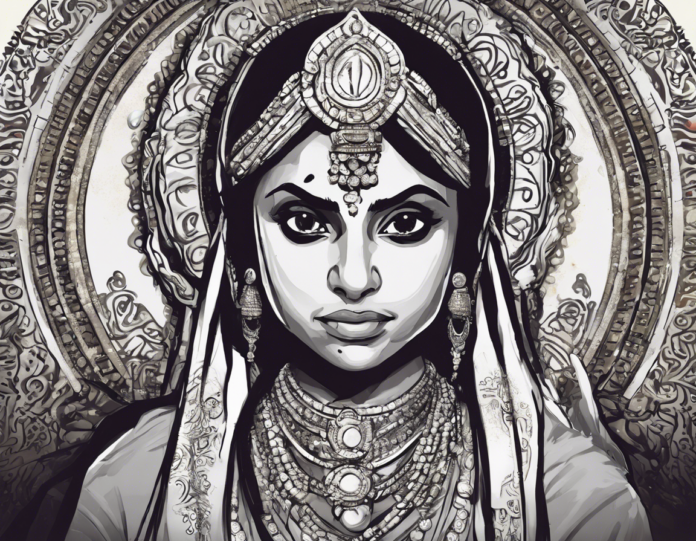Introduction
The story of Rani (Queen) is a tale as old as time, steeped in legend and shrouded in mystery. Renowned for her beauty, wisdom, and fierce resolve, Rani’s legacy has transcended generations, captivating the imaginations of many. But who was the real Rani behind the myth? In this article, we delve deep into the historical accounts and archaeological evidence to uncover the truth behind the legend of Rani.
The Origins of Rani
Rani’s origins are a subject of much debate among historians and scholars. While some believe she was a mythical figure created to inspire and empower, others argue that she was a real historical figure who existed in a bygone era. Ancient texts and inscriptions mention a figure known as Rani, who was revered for her bravery and leadership qualities. It is believed that she hailed from a powerful dynasty that ruled over vast territories in the region.
Rani’s Rise to Power
According to historical accounts, Rani ascended to power during a tumultuous period marked by political upheaval and external threats. Her reign was characterized by strategic military victories, diplomatic alliances, and social reforms that endeared her to her subjects. Rani’s leadership was defined by her unwavering commitment to justice, equality, and the welfare of her people.
The Legend of Rani
Throughout history, Rani has been immortalized in folklore, art, and literature as a symbol of resilience and courage. Tales of her exploits in battle, her wisdom in governance, and her compassion towards the downtrodden have inspired generations of men and women to stand up against oppression and injustice. Rani’s legend continues to endure, serving as a beacon of hope and empowerment for those in need.
Uncovering the Truth
Despite the embellishments and exaggerations that often accompany stories of Rani, there is some evidence to suggest that she was indeed a real historical figure. Archaeological findings, such as inscriptions, artifacts, and historical sites linked to her rule, lend credence to the existence of Rani. Scholars have pieced together fragments of her life from ancient texts and oral traditions, shedding light on the person behind the legend.
Legacy of Rani
Rani’s legacy lives on in the hearts and minds of those who continue to draw inspiration from her story. Her values of justice, compassion, and bravery resonate with people from all walks of life, transcending time and space. The lessons of Rani’s life – of standing up for what is right, of leading with integrity, and of caring for the marginalized – continue to guide and inspire us in our own journeys.
Frequently Asked Questions (FAQs)
- Was Rani a real historical figure?
-
While the existence of Rani as a historical figure is debated among scholars, there is evidence to suggest that she may have been a real person based on archaeological findings and ancient texts.
-
What made Rani a legendary figure?
-
Rani’s reputation as a legendary figure stems from her bravery in battle, her wisdom in governance, and her compassion towards her subjects, as depicted in folklore and historical accounts.
-
What was Rani’s impact on society?
-
Rani’s rule was marked by social reforms, military victories, and diplomatic alliances that improved the lives of her people and solidified her legacy as a just and benevolent ruler.
-
How is Rani remembered today?
-
Rani is remembered today as a symbol of resilience, courage, and empowerment, whose story continues to inspire individuals to stand up against oppression and injustice.
-
What lessons can we learn from Rani’s life?
- The lessons of Rani’s life include the importance of standing up for justice, leading with integrity, and caring for the marginalized, values that remain relevant in today’s world.
In conclusion, the legend of Rani endures as a testament to the power of courage, compassion, and leadership in the face of adversity. By uncovering the real story behind the myth, we gain a deeper understanding of the historical figure who continues to inspire and empower us to this day.





